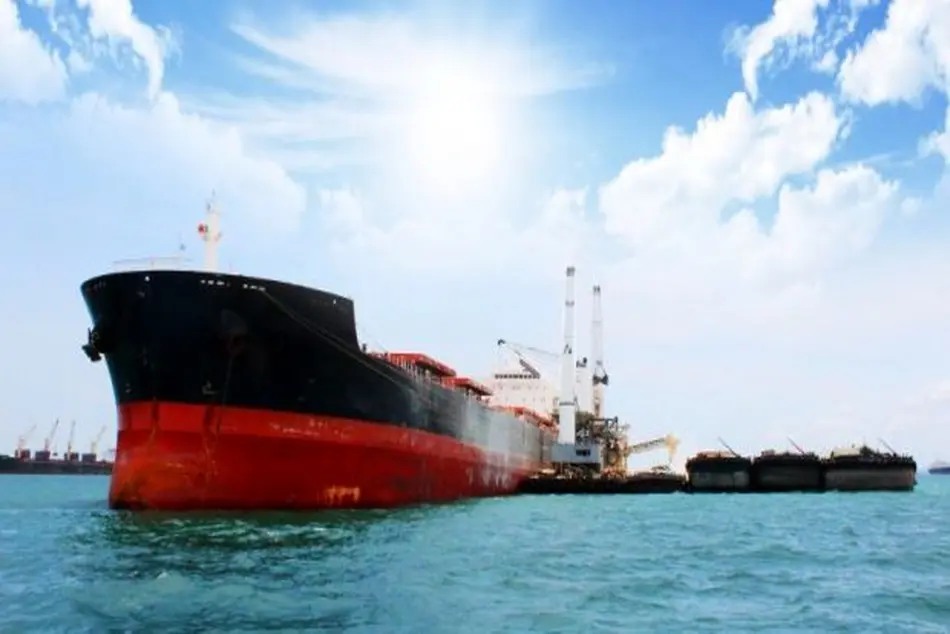China’s cut of steel production to affect dry bulk market

In a bid to tackle pollution, China is considering cutting steel production by 50%. However, Drewry shipping consultancy estimates that if this initiative goes ahead, it will affect significantly the dry bulk market.
China has been trying to address its pollution problem for the past couple of years. However, the fast-growing demand for steel and power has prevented China from taking any major steps to tackle the problem.
“The government is aware that cutting power production will not be possible if it hopes to meet China aims to cut 50% of this production (40 million tonnes), though we think this is a bit too ambitious target to achieve given the existing demand for steel in the country,” Drewry said.
The country has announced a cut in steel tonnes of steel production, which would require 28 million tonnes of iron ore production, which could reduce iron ore demand by 28 million tonnes or 33 Capesizes, according to Drewry estimations.
The government’s recent push to cut steel production over the next five months (November to March) to curb pollution is expected to affect 28 prefecture-level cities. These cities together produced 76.4 million tonnes of steel in 2016, out of the 262.3 million tonnes that China produced in those five months. These 28 cities are the ones most affected by pollution in China and have substantial steel-producing units. There has been a 5% growth in China’s steel production in the first half of this year. Assuming a similar growth in the next five months, the 76.4 million tonnes of steel that these cities produced in the same period last year could reach to 80.3 million tonnes in the five months to March 2018.
However, cutting production by 50% would mean a loss of 56 million tonnes of iron ore imports. According to Drewry, Brazil’s iron-ore exports to China will remain intact, considering the long-term contracts between Vale and Chinese companies. However, Australia could lose its share to the extent China reduces its imports. Assuming the lost volume would have moved between Port Hedland and Qingdao in 180,000 dwt Capesizes, a 25% steel production cut would mean that 33 Capesize vessels would lose employment.
“In case China goes ahead and actually cuts steel production by 50%, the dry bulk market would lose 56 million tonnes of iron ore, thereby depriving the market of 66 Capesize voyages over the five months.”



